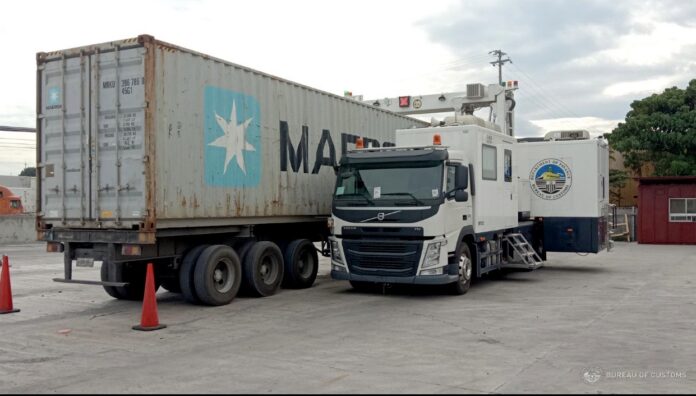-
All transit shipments bound for special economic zones and tagged as “orange” and “red” will be required to undergo 100% x-ray examination and/or physical inspection prior to release from the port of discharge
-
The new policy aims to safeguard revenue collection of the Bureau of Customs and is part of the intensified campaign against smuggling
-
The Special Monitoring Team on transit cargoes bound for PEZA and other special economic zones should witness the physical examination of the shipments prior to their release
-
If physical examination is not possible at the port of discharge, it may be conducted at the intended PEZA and special economic zone destination
All transit shipments bound for Philippine Economic Zone Authority (PEZA) economic zones and other special economic zones tagged “orange” and “red” in the Bureau of Customs’ (BOC) selectivity system will be required to undergo 100% x-ray examination and/or physical inspection prior to release from the port of discharge.
According to Office of the Commissioner (OCOM) Memo No. 110-2021 dated July 8, the policy aims to safeguard BOC’s revenue collection and forms part of the agency’s intensified campaign against smuggling and other forms of violation of the Customs Modernization and Tariff Act (CMTA) and other related laws.
BOC’s selectivity system refers to the use of risk-based color channeling to manage risks and allow the agency to “allocate its scarce resources to the high-risk areas while increasing the efficiency of the clearance process for low-risk shipments.”
Shipments tagged as orange—identified as medium- to high-risk cargoes—will have to pass through x-ray scanning and, should the images be found to be suspicious, will also be subjected to physical examination. Shipments tagged orange include, among others, those covered by existing policies and regulations for mandatory x-ray scanning and those randomly selected by the selectivity system.
Shipments tagged as red—identified as high risk—will also be subjected to x-ray scanning and physical examination. These shipments include commodities covered by existing policies and regulations, those which are high risk in nature such as goods which are less dense and cannot be purely detected by x-ray scanners, shipments with derogatory information, and those with highly suspicious declarations and randomly selected by the selectivity system.
BOC’s X-Ray Inspection Project has been directed to coordinate with deputy collectors for operations to ensure the new policy’s smooth implementation.
The Special Monitoring Team (SMT) on transit cargoes that are bound for PEZA and other special economic zones should witness the physical examination of these shipments prior to their release from the port of discharge. The team is under the direct supervision of the Port Operations Service (POS) director.
If physical examination is not possible at the port of discharge, it may be conducted at the intended PEZA and special economic zone destination. The concerned collection district should then notify the Electronic Tracking of Containerized Cargoes control tower to authorize and allow disarming of electronic customs seals only in the presence of SMT.
The order requires the Intelligence Group to provide immediate feedback on derogatory findings to the Risk Management Office, which handles the selectivity system, for timely updating of the selectivity setting of PEZA and special economic zone-bound shipments and to intensify data sharing with the POS. – Roumina Pablo





